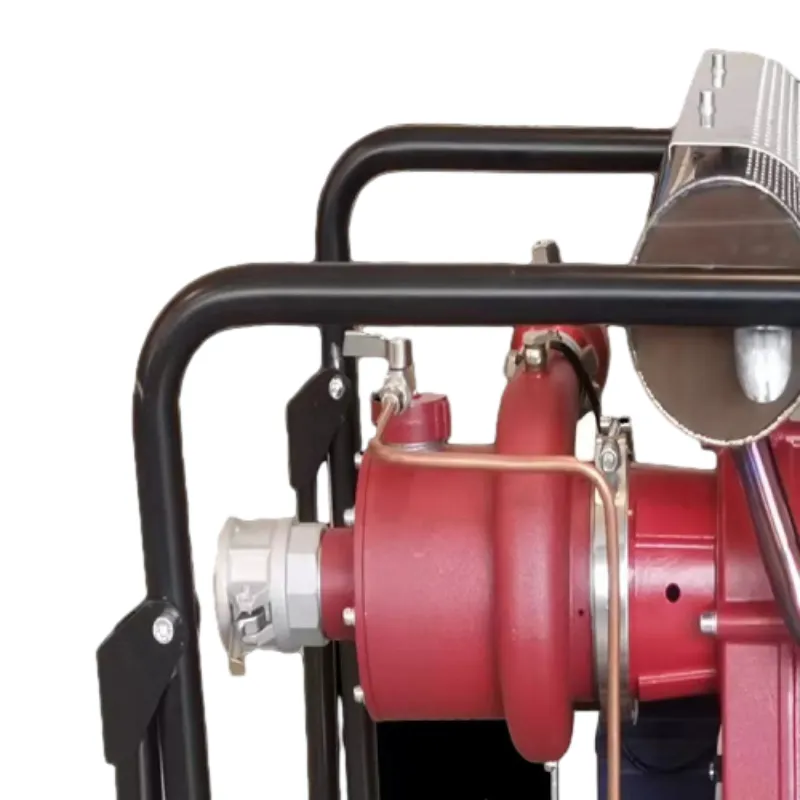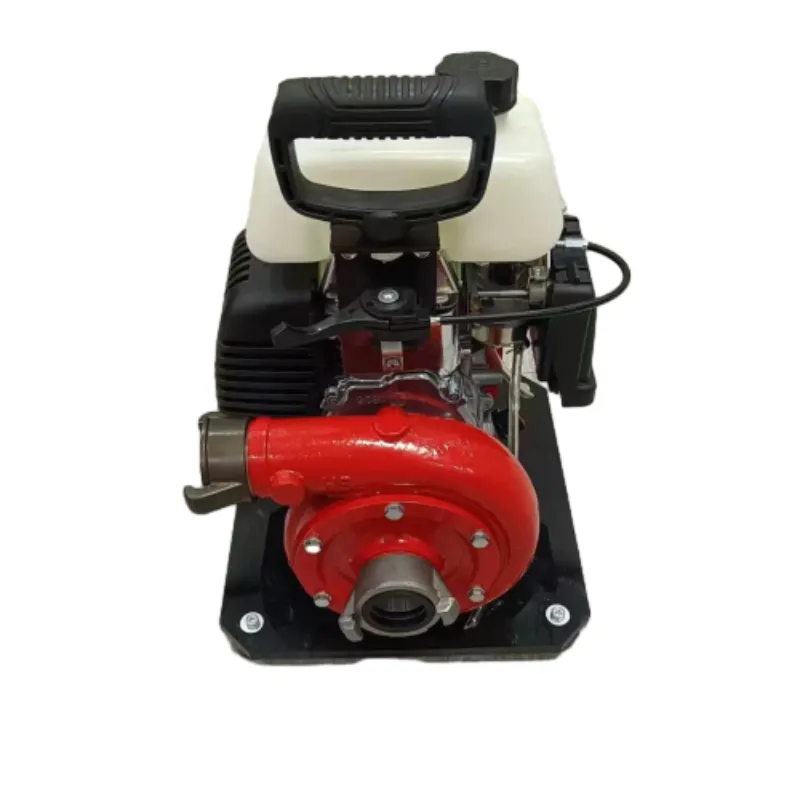

Legislation and industry standards play pivotal roles in defining the requirements and, consequently, the costs of water mist systems. Compliance with international standards such as those from NFPA 750 or Europe’s EN 14972 can influence both initial design and ongoing operational costs. Ensuring compliance is crucial not only for safety assurance but also for avoiding legal penalties that could arise from non-compliance. Given the importance of reliability in fire suppression systems, engaging with experienced professionals for system design and installation is a definitive best practice. Trusted manufacturers and certified installers bring expertise and authority, ensuring the system's optimal performance. Their involvement supports the assurance of a return on investment through effective fire management, catering to both safety and regulatory compliance. When contemplating a water mist system, it is crucial to assess the specific environmental and operational contexts of its deployment. Facilities with unique fire risks, such as data centers, museums, or sensitive manufacturing plants, can benefit markedly from this tailored fire protection method. Engaging in a thorough cost-benefit analysis with these variables in mind helps decision-makers align system features with their operational priorities and budgetary constraints. Ultimately, investing in a water mist fire suppression system is an exercise in calculated foresight, balancing upfront costs against the projected advantages of superior fire protection, reduced collateral damage, and regulatory and insurance incentives. By understanding the multitude of factors influencing these systems’ comprehensive cost structure, stakeholders can ensure informed decisions that safeguard both their assets and personnel effectively.





























